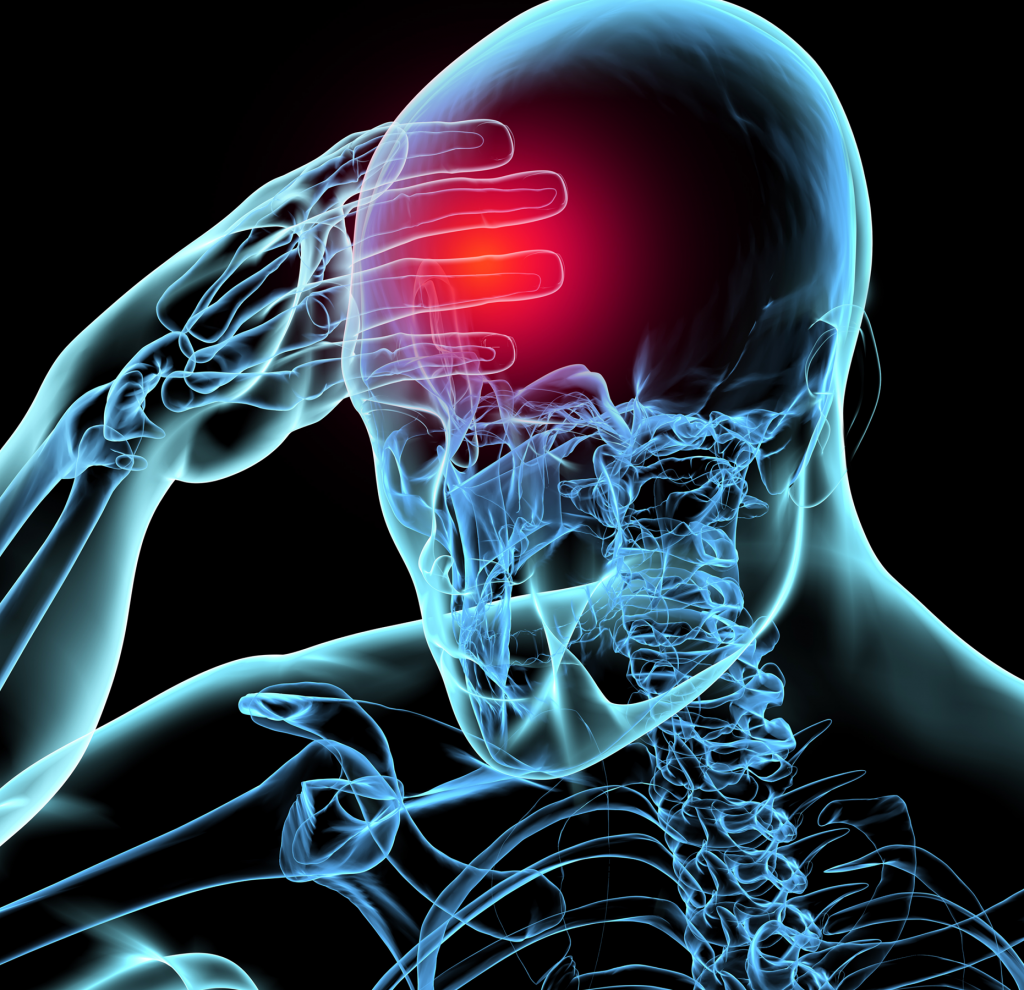An estimated 1.7 million people worldwide sustain a head injury and annually 52,000 of them die, 275,000 are hospitalized and 1.365 million (nearly 80%) are treated and released from an emergency department. Early detection and first aid saves lives. (And quality first aid training also helps!)
Head injuries are always something you should be aware of when dealing with any accident or injury. We can always deal with a bleeding external wound but we never know what is occurring in the skull and if someone’s head has been injured. Here are some physical signs you can look for:-
CONFUSION AND DIZZINESS
Is the casualty not their normal self after the incident? Is the behaviour strange or disorientated? Are they confused or complaining of dizziness after a head trauma? Can they remember what happened prior to the event? Do they know where they are? Simple questions like this can ascertain whether the casualty has a possible head injury. If the answer is yes then contact the EMS (Emergency services) on 999 or 112.
EYES
When completing a head assessment of the casualty and you find that pupils are uneven and one is larger than the other, this is an indicator of possible cerebral bleed or an head injury. (Any of the below)
EARS
Also when completing your casualty’s head to toe assessment, any blood from any ear canal or straw-like fluid can indicate that the brain is bleeding or that there is complications to the casualty. If this happens place the casualty in the shock position and activate the EMS. Blood straw coloured fluid is an indication that cerebral or spinal fluid is leaking from the skull. The EMS need to be contacted immediately on seeing this.
CONCUSSION
Concussion is caused by the brain being shook or slightly moved in the skull or the brain is hit against the skull during an event normally associated with a blow to the head, but can occur with any head first aid incident
There are a number of symptoms to look for… Exceptional tiredness and sleepiness, blurred vision or intense headache or vomiting. Vomiting is the most common side effect as this is the body system reacting to the event. Memory loss of the event is common with concussion.
SIEZURES
When a casualty has had an injury externally to the head/skull they can have a seizure due to a possible internal head injury or bleeding or swelling to the brain inter-cranial (inside the head). If this occurs keep the casualty safe, call the EMS immediately, time the seizure and report this to the EMS when they arrive. With seizures, remember their dignity and keep them from harm. Remove anything they can knock into and if they come out of the seizure, place in recovery position until EMS arrives.
TOP TIPS
Always when dealing with a casualty and you feel somethings not right remember this saying:-
“IF IN DOUBT ALWAYS SHOUT”
The emergency services need to be called ASAP to prevent the casualty deteriorating.
For a more in-depth guide to first aid then consider enrolling you, your group or employees on one of our first aid training courses. We cover Bournemouth, Poole, Christchurch and the wider Dorset area. For more details contact Vince Jones on 07401 245 690 or email info@firstaidtrainingthatcares.co.uk.
We can identify what first aid course is best for your needs.



Leave A Comment